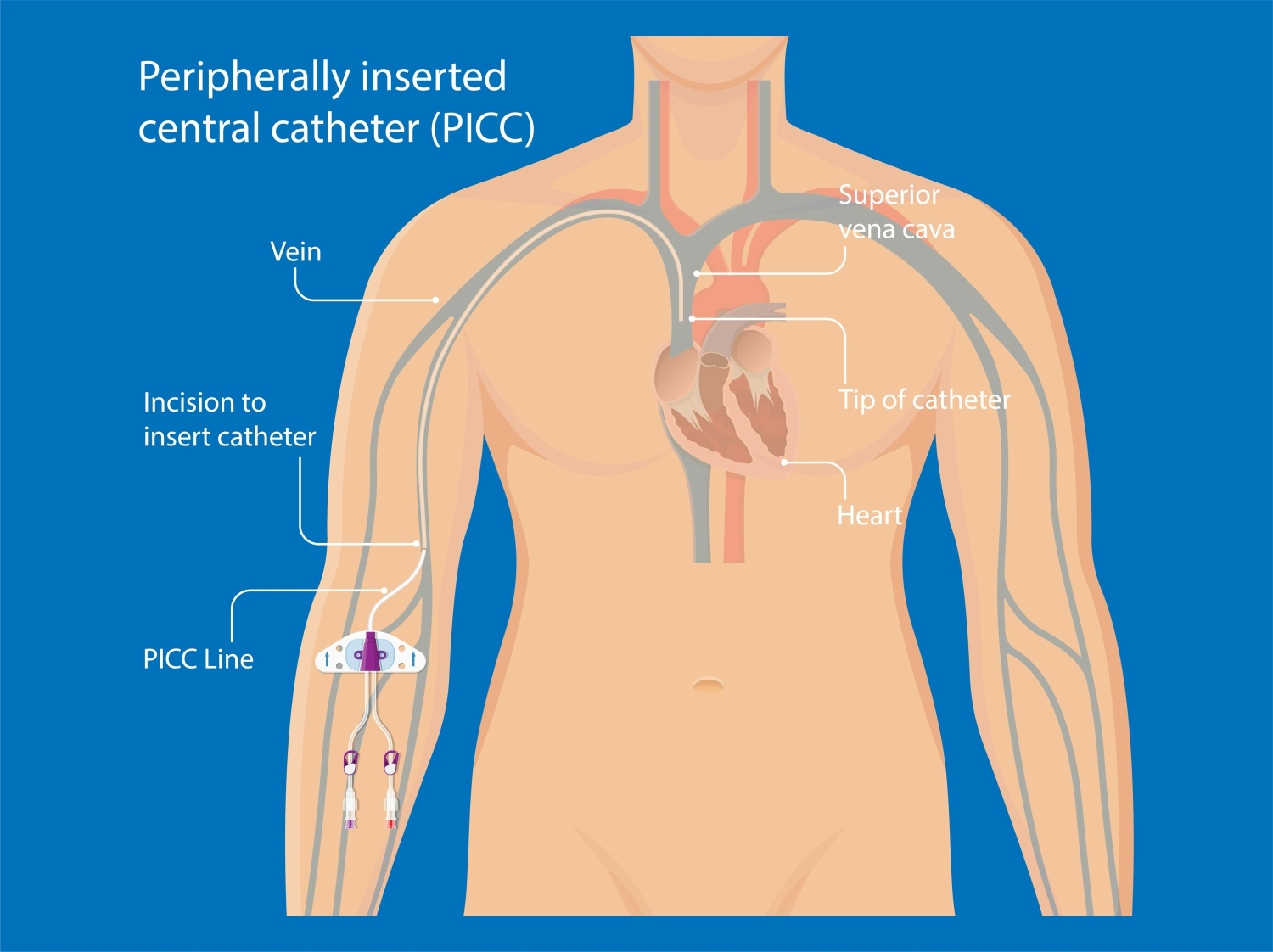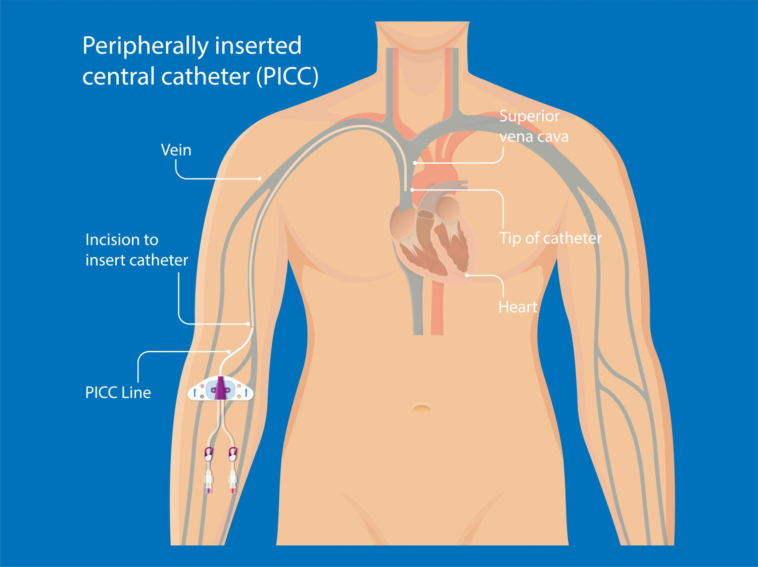
Risk Factors for Right-Sided Infective Endocarditis
Introduction
In a recent 12-year retrospective cohort study, Dr. Yongseop Lee and his team analyzed the clinical characteristics and risk factors for right-sided infective endocarditis in Korea. The study, published in Scientific Reports (2024) 14:10466, revealed some important insights into the disease.
Key Findings
The study found that the median age of patients with pulmonary valve infective endocarditis was 44 years, and a substantial proportion (36.6%) of patients with right-side infective endocarditis had pulmonary valve involvement. The risk factors for right-sided infective endocarditis were younger age, implanted cardiac devices, and central venous catheterization. In the right-sided infective endocarditis group, embolism prevention was the most common surgical indication, followed by heart failure, heart failure, and paravalvular complications. The median age of patients with tricuspid valve involvement was 58 years, which was comparable to that of patients with left-side infective endocarditis (57 years).
The Dangers of Medical Devices
According to Dr. Greg Vigna, a national sepsis attorney, central-line associated bloodstream infections and other PICC line infections are serious complications. He argues that an overwhelming majority of PICC lines, dialysis catheters, and other central lines on the market are defective because the polyurethane tubing that goes into the vein does not reduce the risk of infections. Dr. Vigna adds that there are safer materials to polyurethane and silicone, and safer alternative designs for PICC lines, midlines, central lines, and dialysis catheters that substantially reduce the risk of infection and blood clots.
The Risks of Sepsis and Septic Shock
Dr. Vigna warns that every patient, including neonates, those with cancer, and any sick person who requires central venous access for administration of TPN, antibiotics, fluids, and chemotherapy is at risk. He argues that obsolete technology on the shelves of hospitals puts every person who receives polyurethane or silicone midlines, PICC lines, dialysis catheters, and other central lines are at risk of sepsis, septic shock, endocarditis, and other disastrous complications. Sepsis is defined as multiple organ damage from inflammation as a result of infection that may result in organ damage to the brain, kidney, heart, liver, and lungs. Septic shock is a life-threatening condition that causes dangerously low blood pressure due to infection that may result in amputations of fingers and toes, brain damage, kidney failure, ventilator dependence, oxygen dependence, and nerve damage.
Legal Implications
As a California and Washington DC lawyer who represents those with serious injuries caused by defective medical devices, Dr. Vigna highlights the importance of seeking legal representation if you have suffered serious harms, such as endocarditis, as a result of medical device defects. He is associated with the Ben Martin Law Group, a national pharmaceutical injury law firm in Dallas, Texas. Their attorneys specialize in product liability and medical malpractice and represent the most injured across the country.
Originally Post From https://www.abc27.com/business/press-releases/ein-presswire/716921746/study-central-lines-result-in-over-three-times-the-risks-for-right-sided-endocarditis
Read more about this topic at
A comparison of silicone and polyurethane PICC lines and …
A review of peripherally inserted central catheters and …


